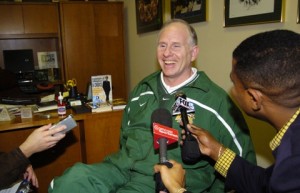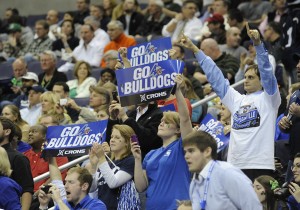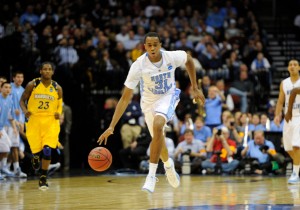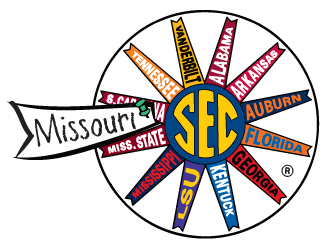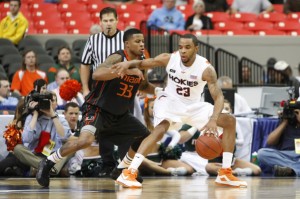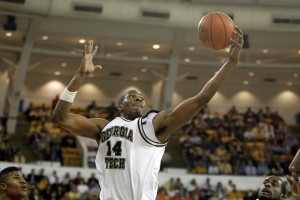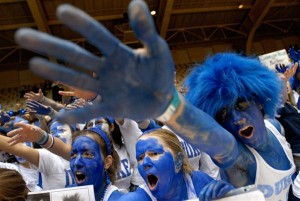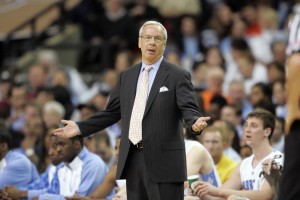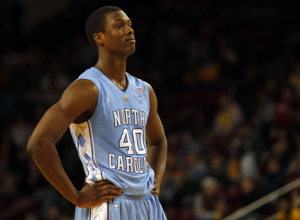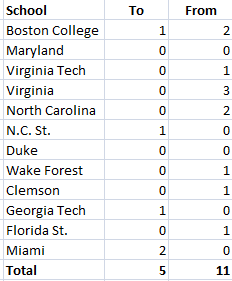Already An ACC Win For Miami’s Jim Larranaga
Posted by KCarpenter on October 11th, 2011The Washington Post published a very nice, but somewhat dispiriting profile of Miami head coach, Jim Larranaga yesterday. I should probably rephrase that: the situation in Miami doesn’t seem great, but Larranaga seems up for the challenge. When the architect of George Mason’s miraculous Cinderella run accepted the job in Miami, he didn’t know the setbacks he was in for: a soon to explode NCAA bomb, a knee injury to Reggie Johnson, and a torn ACL for Julian Gamble are just the highlights of what looks to be possibly the toughest head coaching gig in the Atlantic Coast Conference.
That said, Amy Shipley’s take has more than a few whiffs of optimism, mentioning the busy schedule of the coaching staff, the appeals to self-help culture (apparently, Miami will be living by The Seven Habits of Highly Effective People this season), and the somewhat mind-boggling revelation that the coaching staff was sending out a thousand emails a day, three to four days a week. Obviously, the profile is fairly interesting, painting Larranaga as a hard-working guy who is doing his best to help the Miami program turn the corner. The piece ends on an ambiguous note, suggesting that while Larranaga will persevere, it might not be enough to overcome all of Miami’s troubles.





























